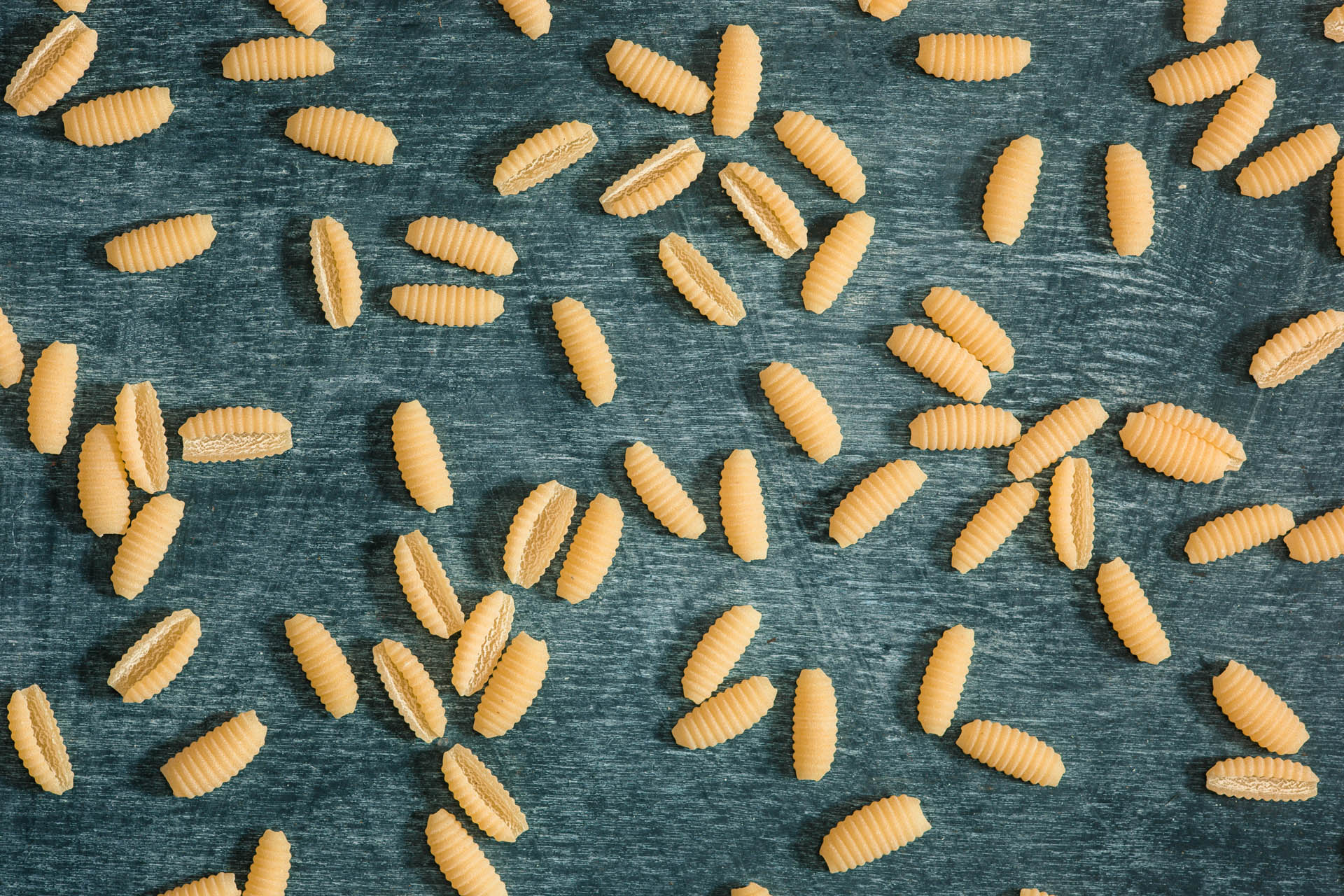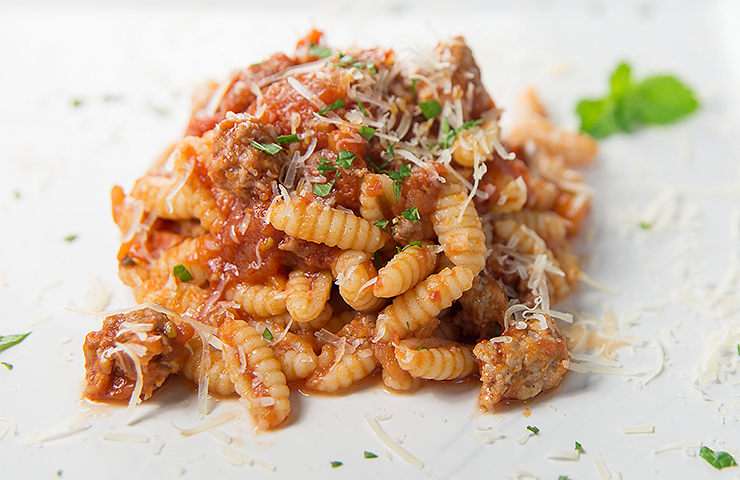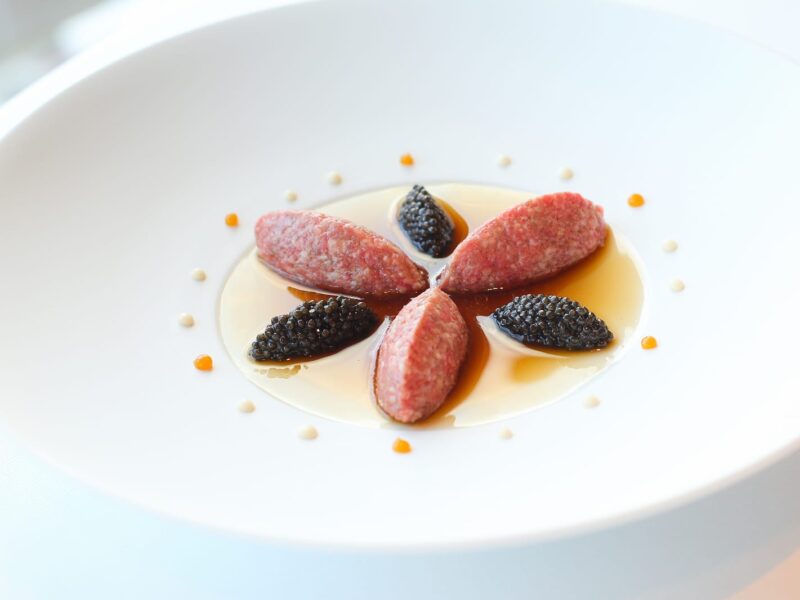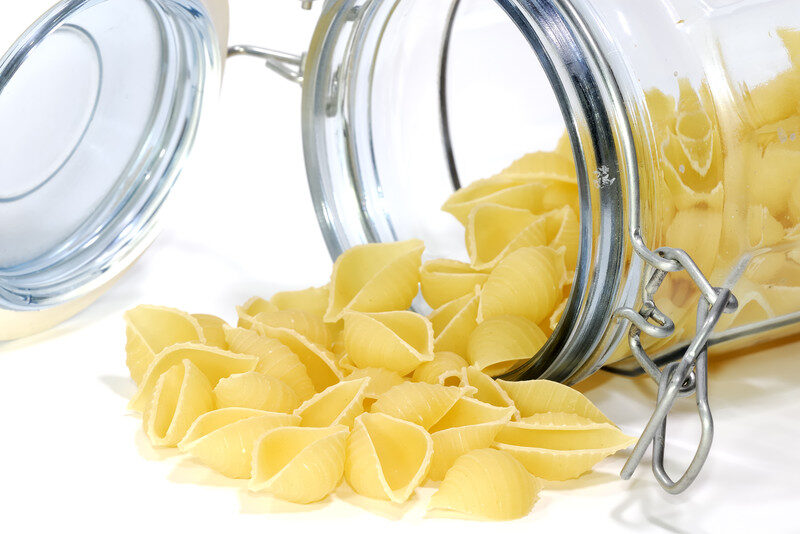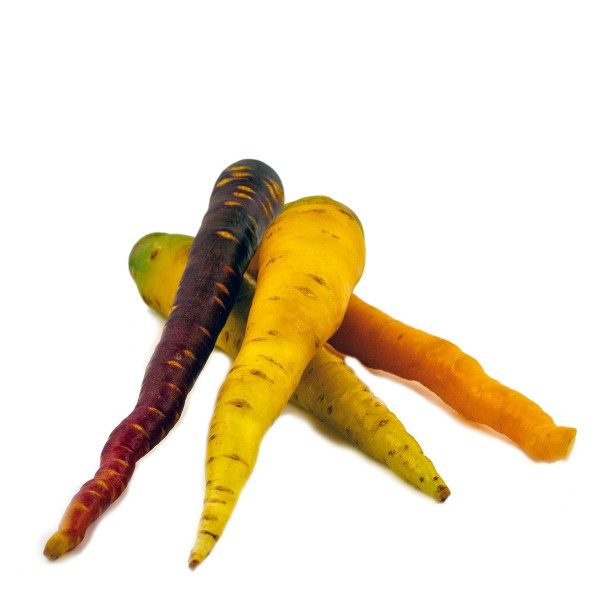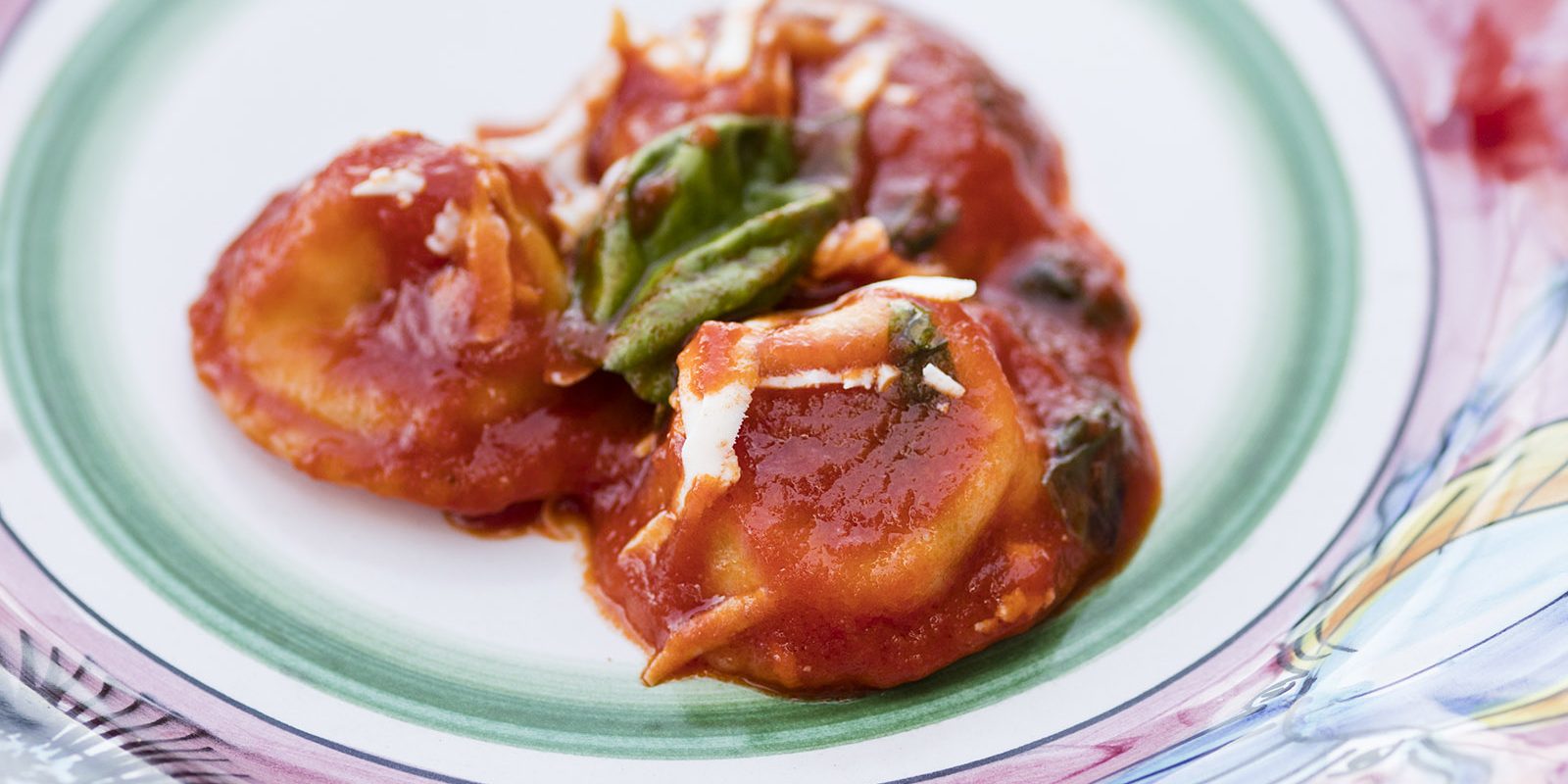
Ravioli from Capri. The story of the famous recipe
Everyone loves ravioli, but what is the secret? You have to taste them, it is the ingredients for the filling that tempt a gourmet’s palate, which vary with each family recipe, and from region to region.
It is ravioli, rather than spaghetti, that is capable of uniting Italians, at least around a table. And it is no accident that ravioli is the first kind of filled pasta to be documented between the end of the twelfth and the beginning of the thirteenth century, when a Savona farm-worker made his employer a lunch of bread, meat and ravioli during the grape harvest. During the thirteenth century, the Genoese began to export this pasta via their Mediterranean trading routes. For many centuries, these highways of the sea were the ones travelled by Italians. They were almost always safer than overland routes where you were as likely to be attacked by bandits as you were to find yourself trudging up and down hills and mountains, since the road systems built at the time of Roman Empire no longer existed.
The origin of the word ravioli is unknown. Some people say that it derives from rabiola, a small turnip, others that it comes from rovigliolo (similar to the Italian word groviglio meaning “mesh”, which might perhaps refer to the filling). Others believe that the pasta was simply invented by a cook called Ravioli, who created dishes for the Genoese lords residing at Gavi Ligure, a strategic stronghold of the Republic. At the end of the thirteenth century, the raviolus is mentioned in the chronicle of Fra Salimbene of Parma. However, the word “ravioli” first appears as such in the Decameron, when Boccaccio associates this pasta with the townsfolk of Bengodi: “On a mountain, all of grated Parmesan cheese, dwell folk that do nought else but make macaroni and ravioli, and boil them in capon’s broth.” Moreover, the Larousse Gastronomique also attributes the invention of ravioli to Italy.
When the renowned seventeenth-century Genoese painter Giambattista Gaulli, called Baciccio, painted the ceiling of the Church of the Gesù in Rome, he ordered magnificent dishes of ravioli prepared by his relatives in Liguria to be sent to him, which he enjoyed while taking a break from painting the saints and madonnas.
In a more musical vein, Niccolò Paganini often mentions in his memoirs the fine flavour of piping hot, tasty ravioli stuffed with minced veal flavored with borrage, and sweetbreads, brains and marrow, according to the traditional Genoese recipe. Although ravioli originated in Emilia Romagna and were soon enjoyed also as far as Rome, they became a national dish with the advent of the consumer society. The differences lie in the size and filling, and haute cuisine chefs have created a thousand varieties of this gastronomic speciality.
However, in southern towns ravioli are usually served with fresh cheese, especially pecorino, with added spices, and tomato sauce to counteract the richness of the filling and the slightly sweet flavour of the pasta.
It is this sweet variety with a chestnut filling topped with honey, cinnamon and hundredsand- thousands that is typical of Cilento, Irpinia and Calabria, namely those inland areas where traditional mountain cooking is the mainstay. One thing is certain, ravioli were invented where durum-wheat pasta is not traditionally eaten, as a dish for celebrations, and one that children adore.
It’s impossible to say exactly how things went, but what counts today is the fact that the Capri ravioli are the most popular. They are the speciality of the island, whose recipe is jealously guarded by the last of the traditional housewives and the chefs of the island’s restaurants and hotels.
But what we can do is give you the basic recipe for four people. You’ll need half a kilo of flour, two tablespoons of extra-virgin olive oil, and hot water for the dough, and 300 grams of hard caciotta cheese, two eggs, at least 200 grams of grated cheese, and a pinch of marjoram. But that’s all we can tell you because everyone has their own secret regarding the aging of the cheese, which is critical to the consistency of the filling, and the other aromatic Mediterranean herbs that are used, of which Capri has an infinite variety.
To prepare the dough, put the flour, extravirgin olive oil and hot water into a bowl and mix well to obtain a smooth dough, then leave it to stand for an hour or so. Unlike the richer Emilia-Romagna recipe, eggs and butter are not used for the Capri ravioli.
The filling should be prepared beforehand, by blending the caciotta (preferably made with cow’s milk) grated cheese, marjoram and beaten eggs, to a smooth paste. Then take the dough, kneed it for a few minutes, adding a little flour, and roll it out thinly. Cut out the rounds for the ravioli, put a spoonful of filling on each and seal the edges, which can be jagged or scalloped. Cook them in salted boiling water until they are al dente. They are always served with a fresh tomato sauce flavoured with basil.
When Capri began to enjoy economic wellbeing, after a period of isolation that ended with Ferdinand of Bourbon who had a passion for hunting quail, many variations on the filling were introduced, including mozzarella made with buffalo or cow’s milk. I would like to take this opportunity to give you the recipe of a chef who worked for many years on the island. His name is Nazzareno Graziano Menghini, and he studied under Gualtiero Marchesi, who reigned supreme at the Quisisana Hotel for many years before he moved to Rome and was replaced by the very talented Mirko Rocca.
For the dough you’ll need a kilo of flour, half a litre of hot water and 50 grams of olive oil, which you mix as described above. For the filling, 600 grams of hard ricotta, 300 grams of mozzarella made with cow’s milk, 100 grams of fresh ricotta, two egg yolks, a handful of grated Parmesan cheese, grated nutmeg, and a small bunch of marjoram. These ravioli are also served with tomato and basil sauce.
Nowadays, this can certainly be considered a complete Mediterranean dish in every sense of the word, both for people who love their food and others who are more diet conscious. It is certainly one of the calling cards of Capri’s cuisine, where it became a classic in the Sixties and Seventies, later spreading to Sorrento, Massa Lubrense and Vico Equense, where ravioli are on the menu in almost all restaurants. Capri’s traditional ravioli are best accompanied by a red wine that is easy to drink, a Piedirosso from Campi Flegrei or Ischia, matured in steel casks, which marries perfectly with the tomato sauce and filling.

